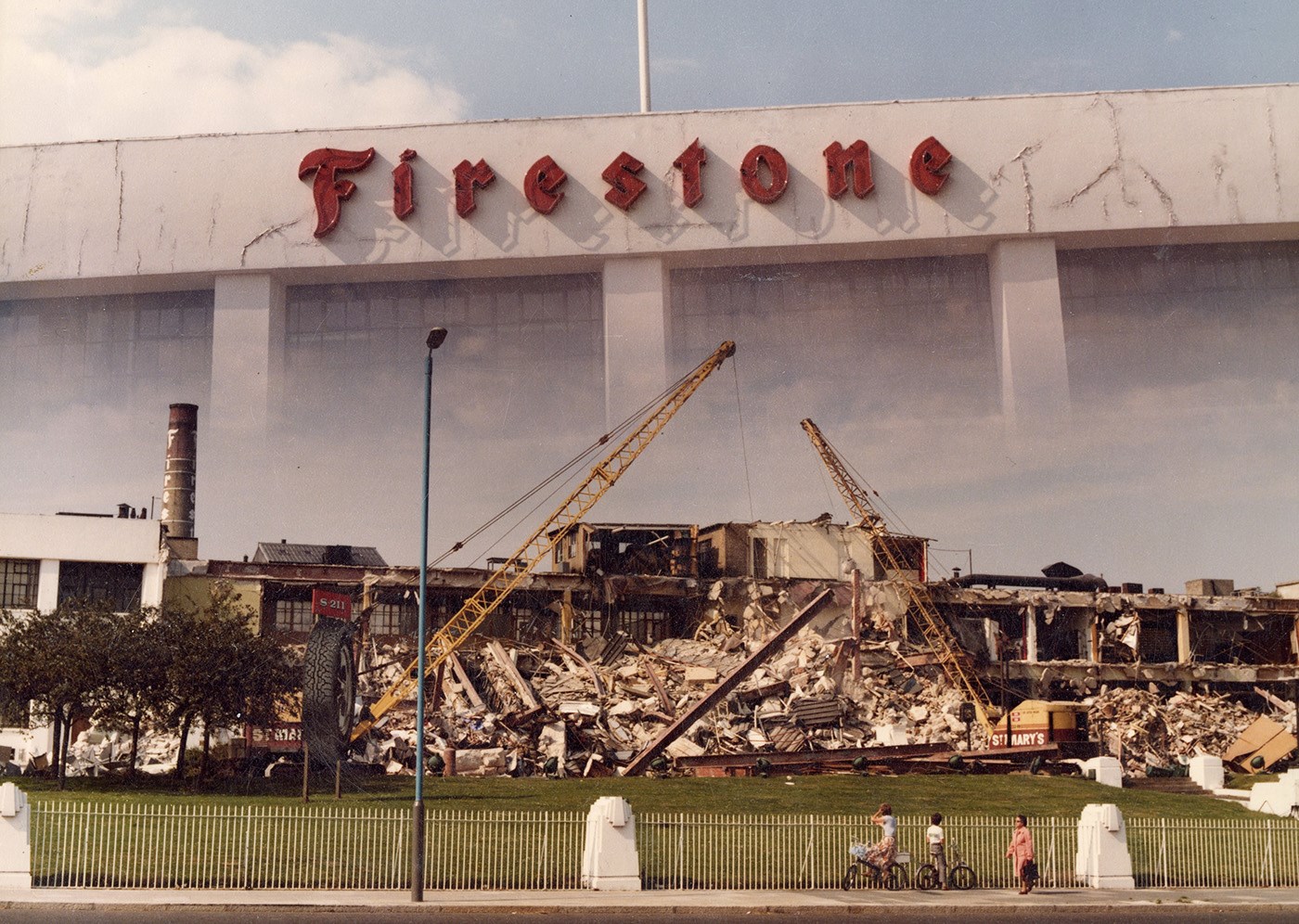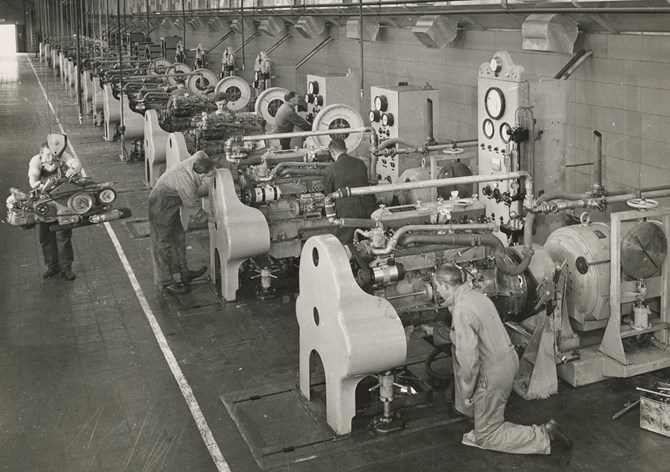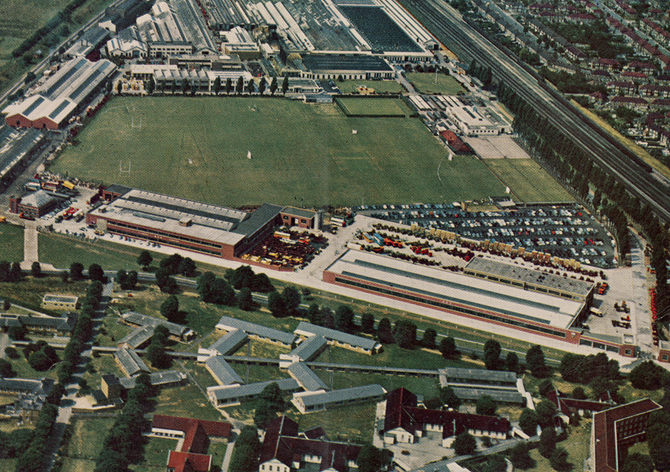“We were surrounded by factories in those days, I mean the Great West Road was still almost the Golden Mile, factories - all there. There was factories all round Ealing... Park Royal, all these estates, Southall, Brentford”
Temples of Industry
This short film explores stories of the factories from the people who worked there.
Made by Protégé
Robert Singh, former employee, on starting at Trico in 1970
Audio transcript
Now, being at school, living on your own I had to rent a room, so I needed some form of financial security and I thought to myself, ‘I wanted to continue with my studies’. I was 16 at the time, I had to go and find work. And, at that time, in late 1969 along the Great West Road you had what was called the Golden Mile, Gillettes, Firestone, Trico all those factories. I went to Firestone first and they interviewed me for a job, then I went to Trico. Firestone offered me a post and so did Trico, and I considered it but for some reason I just decided to go to Trico. And I will never forget when, after the interview, they said to me, ‘You can start on the Monday, bring your cup for your tea and your national insurance number if you have one’. So, I started on the Monday and this was in January 1970.
Inside the factory
Who were the workers?
The factories employed large numbers of “skilled”* and “unskilled”** workers on their shop floors. It was often quite easy to get work and could be done without the need for a CV. Assembly workers would be paid for each piece they assembled, rather than by the hour. The industrial boom in this part of West London attracted not only people all across England, but also from Wales, Ireland, and later Afro-Caribbean and South Asian migrant communities.
Good to know
Key words
**Unskilled work – often referred to as work that could be done with no experience. The necessary skills would be taught by other, more experienced, workers. The work was often repetitive such as packing and assembling products.
*Skilled work – refers to work that would need qualification. These roles would often have apprenticeships.
We do not believe that any work is unskilled or low skilled.
A Special Thank You
We're very grateful to everyone who contributed to this project
Volunteer Researchers:
Alison Lawrence
Pamela Monk
Stephanie Sackey
Oral Historian:
Sarah Lowry
Project Participants:
Eric Fudge
Leila Rutter
Michael Martin
Monica Fontaine-Alexander
Paul Lucus
Peggy Farmer
Phyllis Green
Robert Singh
Sally Groves
Contributing Archives:
Ealing Local History Centre
Hounslow Local History and Archives
Modern Records Centre at the University of Warwick
Community Groups:
SGSS Gurdwara
Protégé Young Filmmakers:
Tajshara Airey
Andrew Bell
Anouska Brooking
Emmanuel Ojua
Radwa Osman
Marktum Rwakarambwe
Supported by:
Historic England ‘Everyday Heritage’ Grant






